Introduction to the History of Poket Jadeite Manor in Panama description of the Origin and Flavor of Rosa Coffee beans in Jadeite Manor
After Rosa Coffee became famous, the whole country of Panama is full of Rose Summer atmosphere, among which the Rosa Coffee beans produced by Jade Manor are the most famous. Rose summer coffee is actually a variety of coffee, the hometown is from Ethiopia, of course, Essex rose summer village and Panama rose summer coffee beans are two very different varieties.
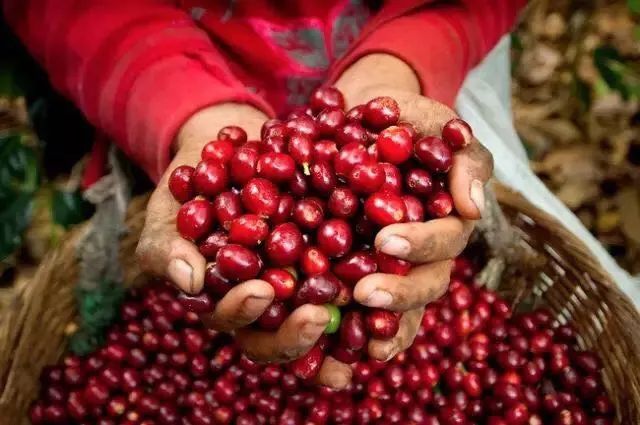
Qianjie has told you that the flavor of coffee has a lot to do with the environment and climate, and Rosa coffee is very strange, that is, the worse the environment, the better the flavor. These conditions cannot be met in Ethiopia, so they will be discovered and famous only after arriving in Panama, which has a lot to do with the climate of Panama.
Let's take a look at how Rosa Coffee came to the Emerald Manor in Panama:
It took decades for Rosa coffee to become famous. The Geisha variety was discovered in the rose forests of Ethiopia in 1931, and then the coffee beans were sent to the Coffee Institute in Kenya, introduced to Uganda and Tanzania in 1936, Costa Rica in 1953 and Panama in 1970. At first, little attention was paid to Rose Summer, until the Panamanian Emerald Manor, also known as Panama Geisha Hacienda La Esmeralda, separated it from other varieties in 2003 and became the winner of the BOP competition in 2004. In this way, Rose Summer Coffee beans officially entered everyone's line of sight. In the years that followed, it was basically the Jade Manor that won the championship.
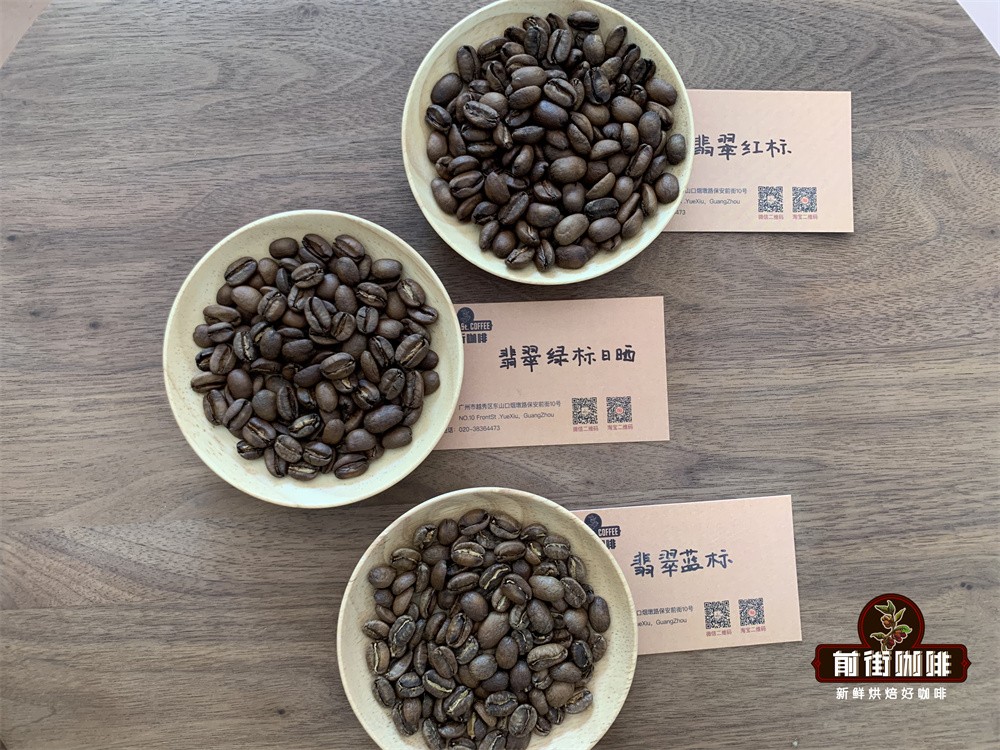
What kind of growing environment does Panama produce such delicious Rosa coffee?
The microclimate of the Panamanian highlands is the most important resource that makes Panamanian coffee unique. The most important resource that makes Panamanian coffee unique is its microclimate. The east-west environment of the Republic of Panama converges cold air over 6500 feet through the Central Mountains, creating a variety of microclimates in the Boquete and Volc á n-Candela regions, making it a major source of Panamanian coffee. These unique coffees are grown in nutritious and balanced land located in the Baru volcano region.

Panama is located in Central America, followed by North and South America, bordering Costa Rica and Colombia. The coffee road in Panama can be said to have come all the way with a golden spoon. As we all know, the Panama Canal was built by the United States and was independently controlled by the United States for some time after it was built. It was the construction of the Panama Canal that caused many American elites to go south at the end of the 20th century, on the one hand, to demand jobs, and on the other to tap business opportunities. Many of Panama's famous coffee farms are created by these elites, such as the owner of Emerald Manor used to be a banker and the owner of Hartman Manor used to be an engineer. These elites adhere to the principles of standardization and refinement in the management of coffee estates, whether it is the planting of coffee trees to distribute the elevation of the land to form the grade of coffee beans, or the artificial picking, the refinement of the treatment process, and so on. are important factors that make Panamanian coffee famous in the world.
Rudolph A. Peterson, the first generation owner of Jade Manor.
In 1964 Rudolph, a Swedish-American financier. Rudolph A.Peterson retired, moved to Panama and bought Bouquete's emerald estate, which is dominated by dairy. A former president of Bank of America and a big shot in the financial circle at the time, Rudolph bought Hacienda La Esmeralda only for vacation and later retirement, not expecting that the estate would become world-famous and even become a representative of the Panamanian boutique coffee estate. In 1973, his son Price. Peterson earned a doctorate in neurochemistry in the United States, but returned to Bouquete to help his father run the farm. After taking over, Price divides the market into three major brands to sell according to altitude and micro-climate, cup performance and planting varieties (Esmeralda Special,Diamond Mountain grows,Palmyra). Since 2012, Rosa (Geisha / Geisha) has become one of the four major brands.
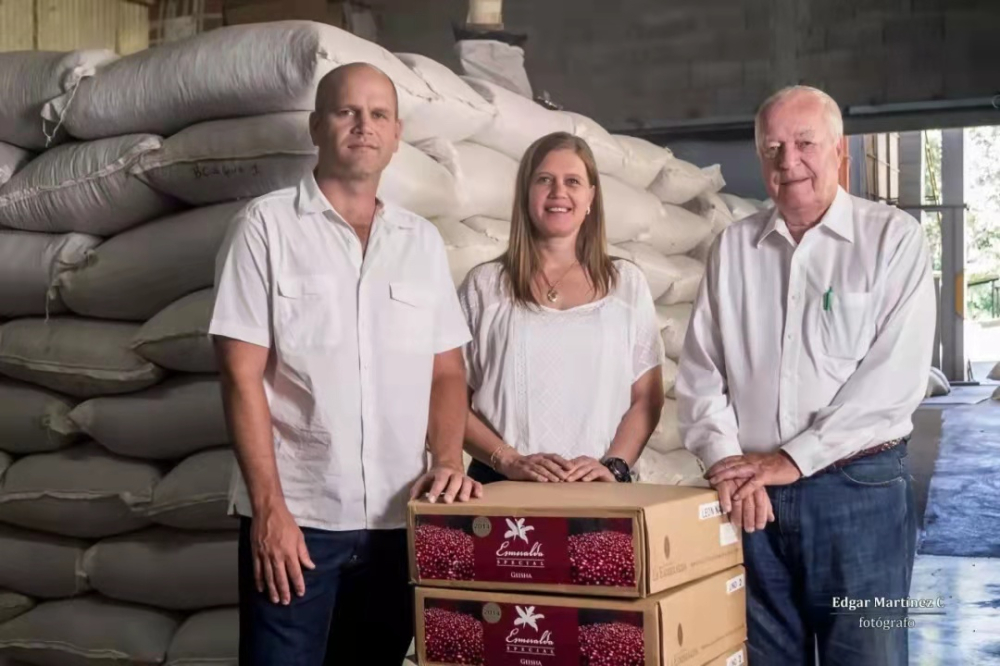
At present, the Emerald Manor mainly has three manors to grow rose summer varieties: veil El Velo, Cannes Vidis Caas Verdes, Haramillo Jaramillo. Haramillo Jaramillo, which has a superior geographical environment and good flavor of the original coffee variety, was bought in 1996. Veil El Velo was acquired by Jade Manor in 2012. Qianjie Coffee believes that the acquisition of a high-altitude manor like Jade Manor was a unique decision at that time, which made it possible for the Jade Manor to occupy a certain position in the coffee industry. After winning the championship of BOP in the Panamanian bean competition in 2004, it was later identified by experts that the coffee bean was a rose summer variety of Ethiopia. Since then, the Peterson family has focused most of its efforts on developing infrastructure to support excellent batch separation and fine processing.
Qianjie Coffee learned that although the Feicui Manor found coffee beans with flavor at the beginning, in order to be accurate, the coffee beans in different areas of the garden were tested and the planting plots were determined according to the elevation. That's why we now know the red, green and blue summer grades, which are all graded according to altitude.
[red label Rose Summer Coffee]
The rosy summer specially selected by jadeite is the red sign we often hear. The rose beans, which are planted at an altitude of 1600-1800 meters above sea level and with a cup test score of more than 90 points, are produced in the two producing areas of Jalamiyou and Canaus Vedvis.
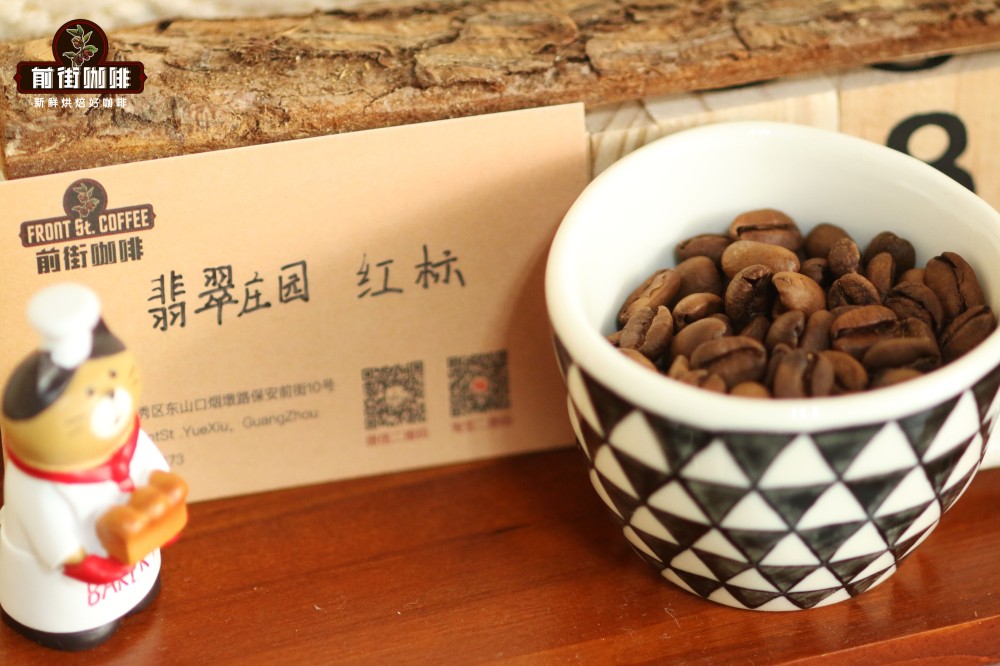
The independent bidding held by the Jade Manor itself, in the divided plots, the Rose Summer batch that was put forward for bidding is the red bid. However, there are also non-competitive red bids on the market, that is, the rose summer which is selected from the same plot and then circulated to the market, the varieties and quality are the same, but there are differences in the price. This grade of rose summer is treated in the sun or water, with special, bright floral and citrus aromas.
[green label Rose Summer Coffee]
The private collection is the green standard rose summer, not the batch of independent competition, planting the rose summer varieties that do not participate in the bidding but still have excellent quality. The micro-batch mixed beans from different plots such as Jalamiyou and Canaus Vidvis, which are planted at 1600-1800 meters above sea level, are selected, but they are not specified in detail on the plot, so sometimes the flavor similarity between the green mark and the red mark is very high, but the next product may be different.
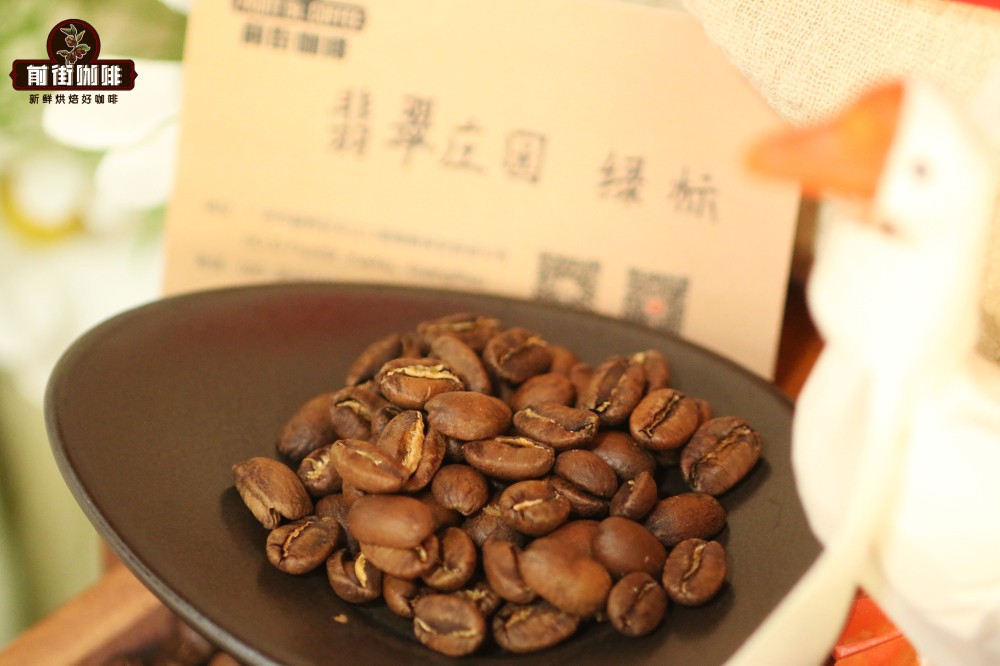
Although the green standard is not as high as the red standard, it still has the classic flavor of Rose Summer, floral, fruity, sour citrus, thick and juicy taste. The green sign of rose summer is also washed or tanned.
Parameters of Qianjie Rose Summer Coffee:
Qianjie considered that this rose summer coffee beans are lightly roasted, and the dissolution rate of light roasted beans is lower than that of deep roasted beans, so in order to ensure that the flavor of rose summer can be fully extracted, higher water temperature is used for brewing. At the same time, a finer degree of grinding is also selected.
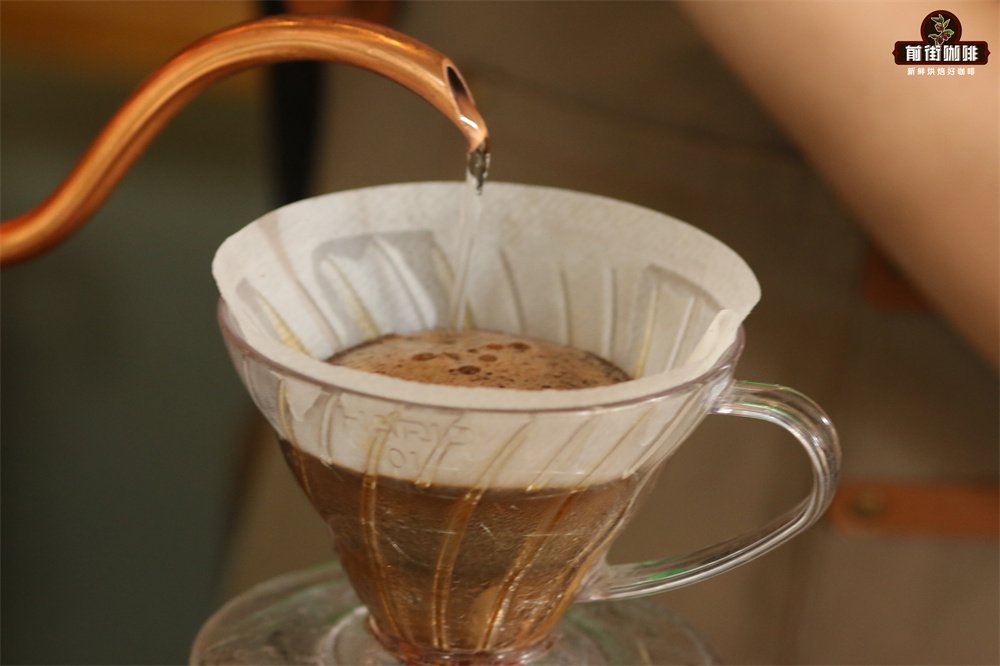
Because the quality of rose bean is relatively hard, it is easy to sink to the bottom and clog the sewer hole, so the Chinese standard 20 sieve mesh with a pass rate of 80% (about the size of fine sugar) will be used in grinding. Powder Qianjie still choose 15g, with Hario V60 small filter cup, the proportion of brewing powder is suggested to be adjusted to 1:15, on the one hand, use one more part of water to maintain the extraction rate of coffee, on the other hand, reduce the coffee concentration to 1.15%, in this concentration to feel the best flavor of coffee, water temperature, maintain the use of 91 degrees Celsius.
The use of segmented extraction, with twice the amount of coffee powder water for steaming, that is, 30 grams of water for 30 seconds, and the reason for the need for steaming process is to make coffee powder can discharge the internal carbon dioxide gas, so that the latter stage of the extraction is better stable. When the small water is injected around the circle to 125 grams, continue to inject water to 225 grams, and then remove the filter cup after the dripping of the filter cup. The time is calculated from the beginning of the water injection, and the extraction time is 2 times 39 grams. Next, pick up the whole cup of coffee and shake it well, then pour it into the cup to taste.
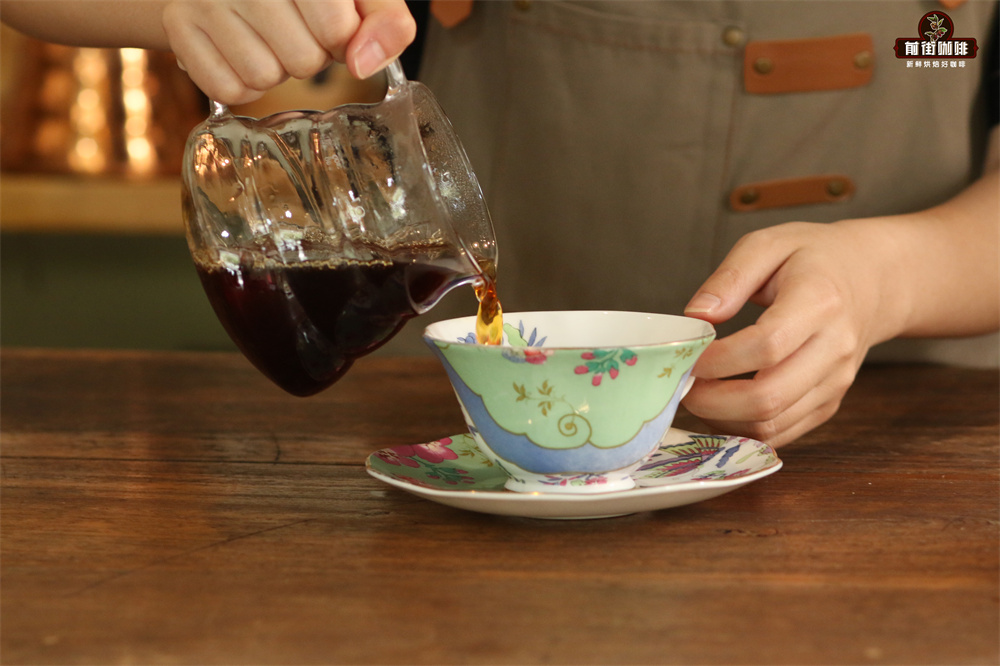
Qianjie Coffee Panamanian Jade Manor Red Standard Rose Summer Coffee Flavor description: bright roses, citrus aroma, Xuan rice, berries, apricots, compound fruits, honey, thick juice, rich flavor, sweet obvious.
Qianjie Coffee Panamanian Jade Manor Green label Rose Summer Coffee Bean Flavor description: rich jasmine, high sweetness, citrus, berry, juice, cream, green tea, orange peel, cantaloupe, the overall flavor is rich, aftertaste, citrus lasting.
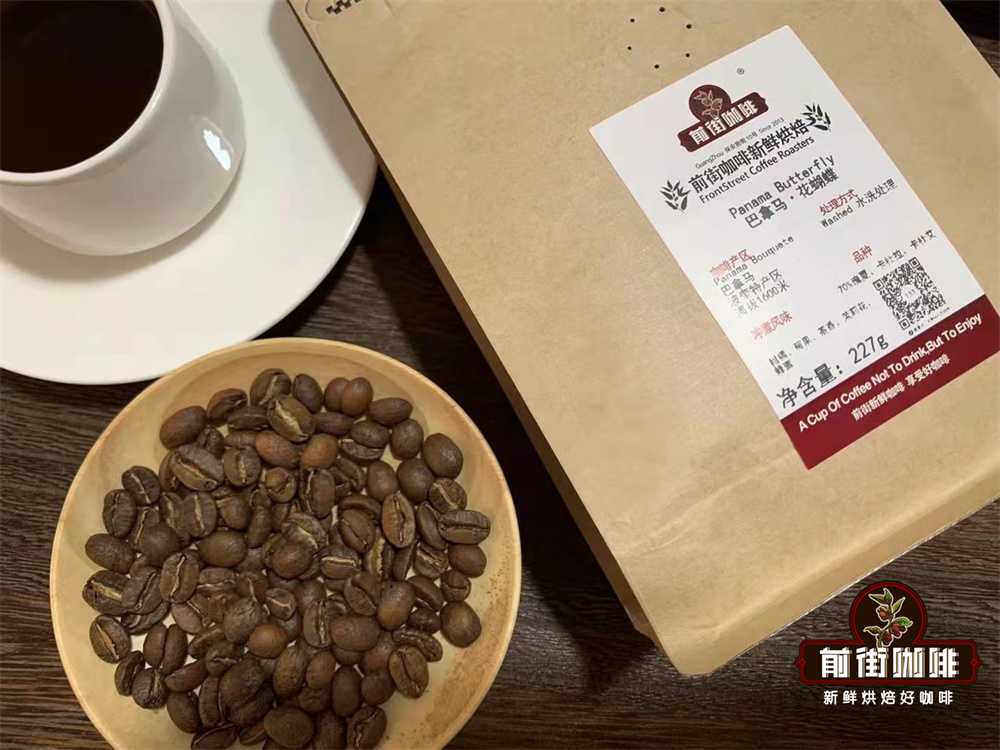
Of course, there are many manors that grow Rosa Coffee, and Rosa Coffee is also famous, such as Deborah Coffee in Panama. And if you want to drink the flavor of Rosa coffee but do not want to spend so much money, you can also try to drink Rosa coffee with beans, you can also drink Rosa coffee flavor, such as: Panamanian butterfly coffee, Costa Rica Milasu coffee, Colombia Flower see coffee, these Rosa summer beans are very cost-effective boutique coffee!
Professional coffee knowledge exchange more coffee bean information please follow the coffee workshop (Wechat official account cafe_style)
For more boutique coffee beans, please add private Qianjie coffee on Wechat. WeChat account: qjcoffeex
Important Notice :
前街咖啡 FrontStreet Coffee has moved to new addredd:
FrontStreet Coffee Address: 315,Donghua East Road,GuangZhou
Tel:020 38364473
- Prev
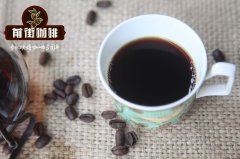
Where is the origin of mocha coffee? what is the origin price of mocha coffee beans in Yemen?
Professional coffee knowledge exchange more coffee bean information please follow the coffee workshop (Wechat official account cafe_style) Ethiopia is the birthplace of coffee, can start directly from the history of drinking. In 850, a shepherd in Ethiopia found that his goat became energetic after eating a certain fruit. When a group of hating couples found out, they ate it but felt very bitter and disappointed, so they will pick it.
- Next
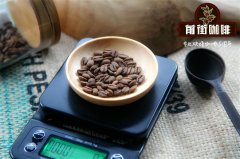
Graded Flavor characteristics and taste of organically grown Coffee beans in Chiapas, Mexico
Professional coffee knowledge exchange more coffee bean information Please follow the coffee workshop (Wechat official account cafe_style) since the 18th century, many Germans have developed coffee farms on fertile land in the southern Sokonusco region of Mexico-Chiapas region, which became most popular in the 20th century. Later, due to the collapse of the coffee market and agricultural land due to agricultural land reform, there are only a few left.
Related
- Does Rose Summer choose Blue, Green or Red? Detailed explanation of Rose Summer Coffee plots and Classification in Panamanian Jade Manor
- What is the difference between the origin, producing area, processing plant, cooperative and manor of coffee beans?
- How fine does the espresso powder fit? how to grind the espresso?
- Sca coffee roasting degree color card coffee roasting degree 8 roasting color values what do you mean?
- The practice of lattes: how to make lattes at home
- Introduction to Indonesian Fine Coffee beans-- Java Coffee producing area of Indonesian Arabica Coffee
- How much will the flavor of light and medium roasted rose summer be expressed? What baking level is rose summer suitable for?
- Introduction to the characteristics of washing, sun-drying or wet-planing coffee commonly used in Mantenin, Indonesia
- Price characteristics of Arabica Coffee Bean Starbucks introduction to Manning Coffee Bean Taste producing area Variety Manor
- What is the authentic Yega flavor? What are the flavor characteristics of the really excellent Yejasuffi coffee beans?

